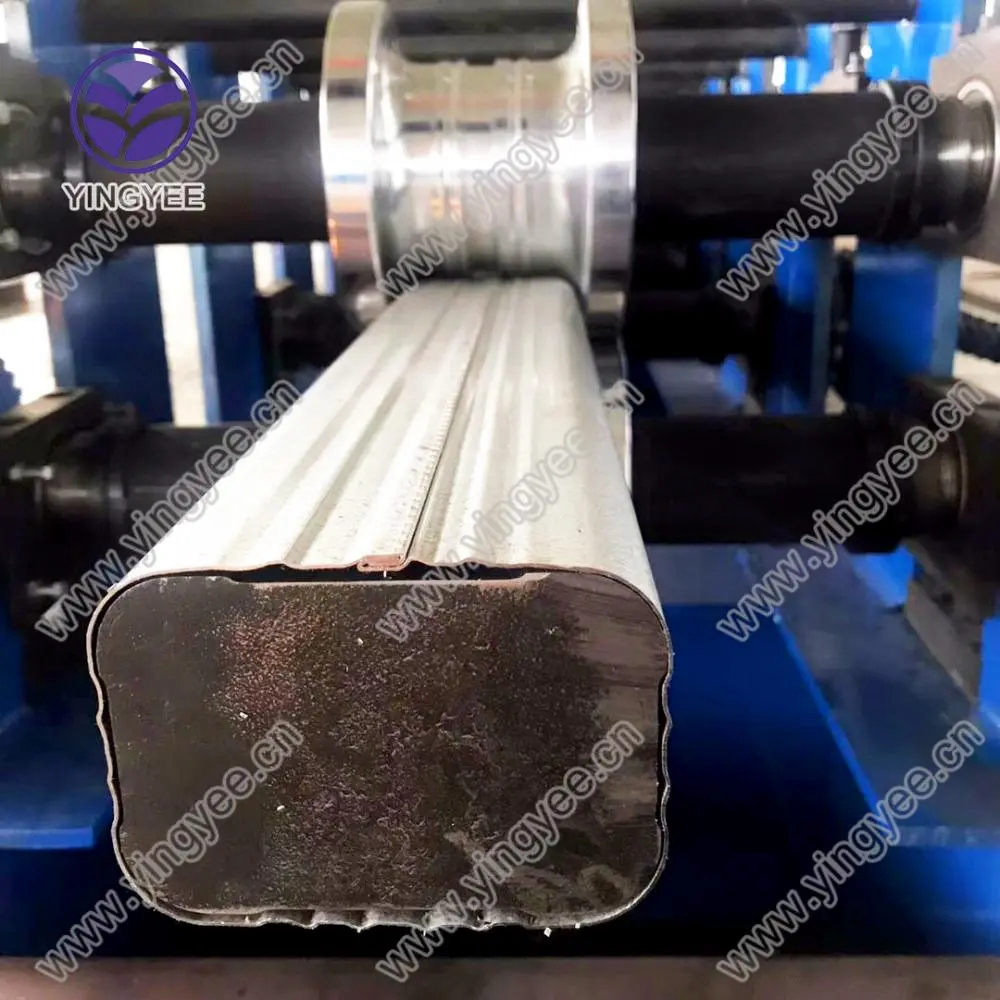
Understanding Cut-to-Length Machines A Comprehensive Overview
Cut-to-length machines are essential pieces of equipment in various manufacturing processes, particularly in industries that require precise cutting of metal sheets, plates, or rolls into specific lengths. The significance of cut-to-length machines lies in their ability to improve operational efficiency, reduce waste, and enhance product quality.
At the core of a cut-to-length system is the ability to take a continuous roll of material and cut it into predefined lengths. This process is prevalent in sectors such as steel production, aluminum processing, and even in the production of textiles and paper. The primary goal is to convert large rolls or sheets into ready-to-use pieces that meet the specific requirements of downstream processes or end-users.
The operational mechanism of cut-to-length machines typically involves several key components uncoiling, leveling, measuring, cutting, and stacking.
Understanding Cut-to-Length Machines A Comprehensive Overview
2. Leveling As the material is uncoiled, it usually requires leveling to eliminate any deformities or bends that may have developed during previous stages of production or transportation. Leveling ensures that the material is uniformly flat before it is fed into the cutting mechanism.

3. Measuring Accurate measurement is crucial in cut-to-length applications. Modern machines are equipped with sophisticated measurement systems that allow for precise control over the length of the cut. This precision is essential for maintaining product specifications and reducing material waste.
4. Cutting The cutting mechanism can vary depending on the type of material being processed. Different technologies, such as shear cutting, rotary cutting, or laser cutting, may be used. Each method has its own advantages and is chosen based on the material properties and desired end-product finish.
5. Stacking After cutting, the individual pieces are stacked for easy handling and transportation. Automated stacking systems help maintain efficiency and protect the freshly cut edges from damage.
The benefits of utilizing a cut-to-length machine are manifold. Firstly, they offer a high level of automation, which significantly reduces labor costs and human error. Secondly, by providing precise cuts, these machines help minimize waste material, leading to more sustainable production practices. Additionally, improved efficiency in processing times allows manufacturers to meet customer demands more quickly and effectively.
Moreover, advances in technology have led to the development of integrated systems that not only perform cutting but also incorporate features such as quality control, real-time monitoring, and even data analytics to optimize production processes. Through the use of sensors and advanced software, manufacturers can gather data on efficiency and quality, enabling them to make informed decisions that enhance overall productivity.
In conclusion, cut-to-length machines are vital in ensuring that today’s manufacturing processes are efficient, precise, and adaptable to various materials and requirements. As industries increasingly prioritize sustainability and efficiency, the role of cut-to-length machines will continue to grow, paving the way for innovative manufacturing solutions.